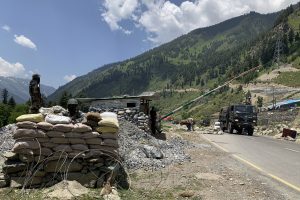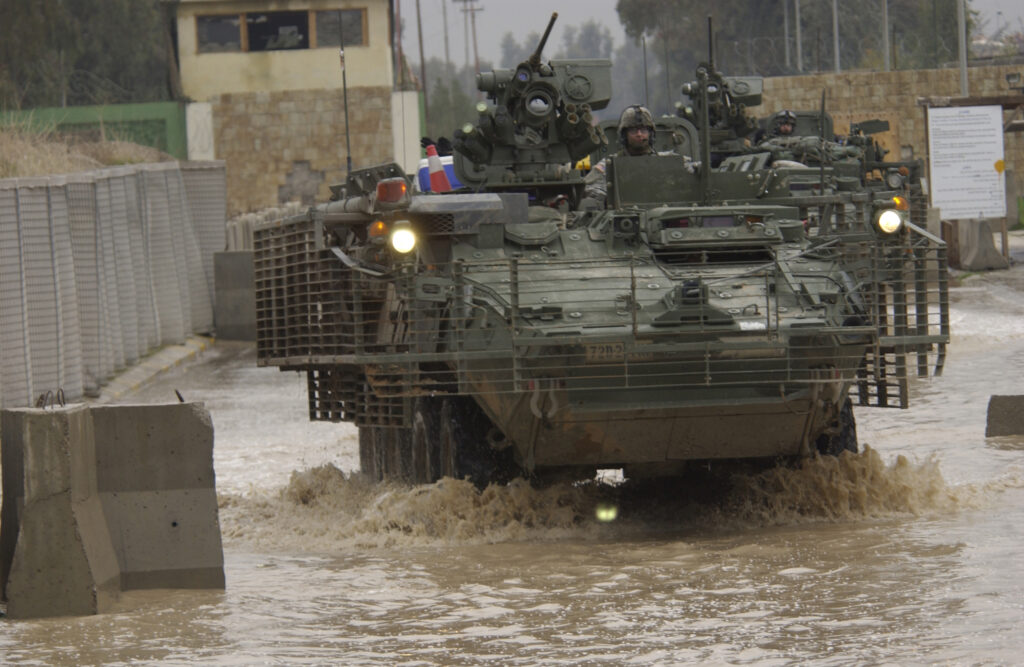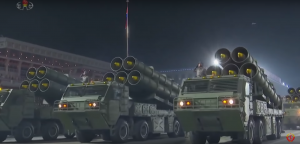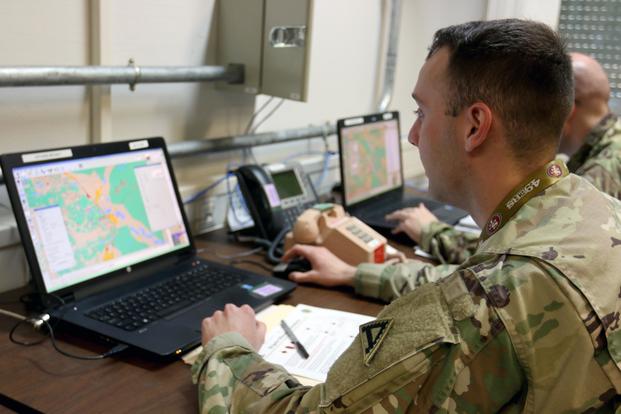(Reuters) - Myanmar’s military seized power on Monday in a coup against the democratically elected government of Nobel laureate Aung San Suu Kyi, who was detained along with other leaders of her party in early morning raids.
Western nations condemned the sudden turn of events, which derailed years of efforts to establish democracy in the poverty-stricken country and raised even more questions over the prospect of returning a million Rohingya refugees.
The U.N. Security Council will meet on Tuesday, diplomats said, amid calls for a strong response.
The army said it had responded to “election fraud”, handing power to military chief General Min Aung Hlaing and imposing a state of emergency for a year in the country, also known as Burma, where neighbouring China has a powerful influence.
The generals made their move hours before parliament had been due to sit for the first time since the National League for Democracy’s (NLD) landslide win in a Nov. 8 election viewed as a referendum on Suu Kyi’s fledgling democratic rule.













